Mon, 11 February, 2019
TWI is leading a new programme in partnership with Airbus UK and ArianeGroup, funded by the European Space Agency (ESA). The main objective is to lower the cost of manufacturing structures for spacecraft and launch vehicles.
Complex critical aerospace structures are often machined from solid plates or forgings. Consequently, the addition of features like reinforcement ribs, bosses or mounting brackets expands the envelope of the structure, significantly increasing the raw material costs. This approach increases buy-to-fly ratio, especially when considering products of large magnitude like launch modules or satellite fuel tanks. Designers may choose to attach such features using mainstream joining techniques like fusion welding, mechanical fastening or adhesive bonding. However, these processes will either add weight or require increasing joint thickness to compensate for an inherent local reduction of parent material strength.
Linear Friction Welding (LFW) is a solid-state process that generates heat by rubbing components pressed under load using a linear reciprocating motion (Figure 1). Relying purely on interfacial friction and plastic deformation, LFW avoids the metallurgical drawbacks caused by melting the materials involved.
The process has been explored increasingly by the aerospace sector for joining safety critical structures by fabricating nearer-net-shape pre-forms from which the components can be machined. When considered at a design stage, LFW has the potential to enable substantial savings in raw materials and manufacturing costs. Furthermore, new design possibilities arise from the ability to join dissimilar material combinations or tailoring grain orientation according to the load path.
Two manufacturing case studies are currently under development in this programme:
- Joining pipeline attachment bosses on cryogenic fuel tanks for Ariane6, the newest generation of launcher developed by ESA and ArianeGroup (Figure 2). The cryotank body is made of large aluminium flat panels, which are cold formed and welded to produce the cylindrical structure. The panels feature a number of bosses to attach external pipes or inlets. These bosses are currently obtained by machining a solid plate comprising all the external features required (Figure 3). Using LFW to perform selective material additions would allow fabricating the main tank panels from thinner plates. This lowers raw material costs and plate sourcing lead-times.
- Connection of tabs on propellant fuel tanks for the Eurostar Neo satellite, the latest telecommunication platform manufactured by Airbus UK (Figure 4). Most propellant tanks are made of Ti6Al4V, comprising two domes and a cylindrical section, joined by means of Tungsten Inert Gas (TIG) or Electron Beam Welding (EBW). The tanks are integrated in the satellite structure using tabs, arranged in a polar, equatorial or pedestal configuration. Equatorial interfaces are the most complex, as they involve machining an integral ring comprising all tabs from a solid forged billet (Figure 5). Using LFW to join independent tabs machined from stock plate would enable substantial savings, as a dedicated forging for the tab ring will no longer be required.
This 2-year programme is due to finish in the last quarter of 2019. The end goal is to produce technology demonstrators for each application and assess the performance of the LFW joints. Several testing methods will be considered, namely tensile, fracture toughness, fatigue and stress corrosion cracking. The technical investigation will be complemented by a life cycle analysis and economical assessment.
For further information please contact the programme manager, Dr João Gandra, Principal Project Leader at the Friction and Forge Processing section at TWI.
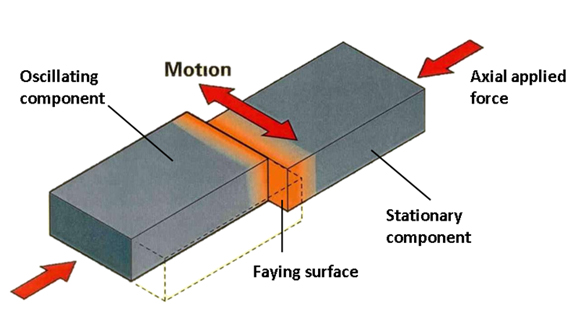 Figure 1: Schematic illustration of LFW
Figure 1: Schematic illustration of LFW
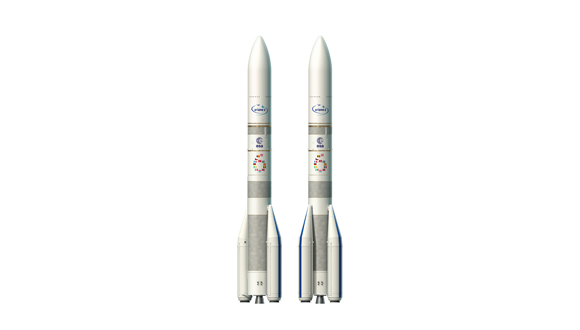 Figure 2: Two configurations of Ariane 6, two and four boosters (courtesy of ESA)
Figure 2: Two configurations of Ariane 6, two and four boosters (courtesy of ESA)
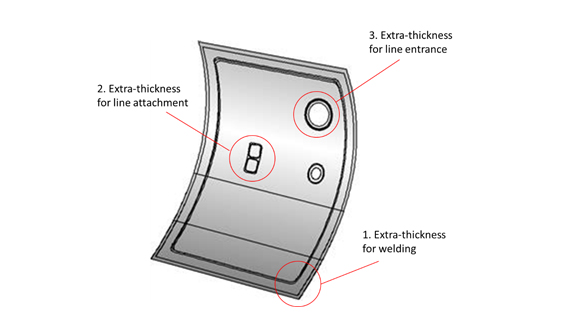 Figure 3: Types of bosses found on cryotanks (courtesy of ArianeGroup)
Figure 3: Types of bosses found on cryotanks (courtesy of ArianeGroup)
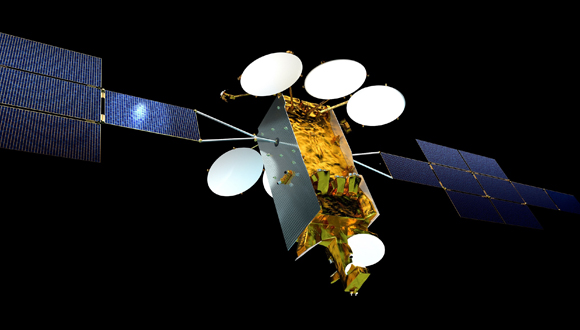 Figure 4: Eurostar Neo (courtesy of Airbus UK)
Figure 4: Eurostar Neo (courtesy of Airbus UK)
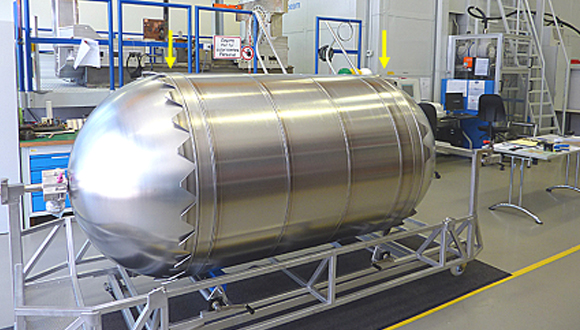 Figure 5: Electron beam welding installation used to join the bipropellant tank for Orion's European Service Module. Detail of end skirt lugs to satellite propellant tanks (courtesy of Airbus UK)
Figure 5: Electron beam welding installation used to join the bipropellant tank for Orion's European Service Module. Detail of end skirt lugs to satellite propellant tanks (courtesy of Airbus UK)